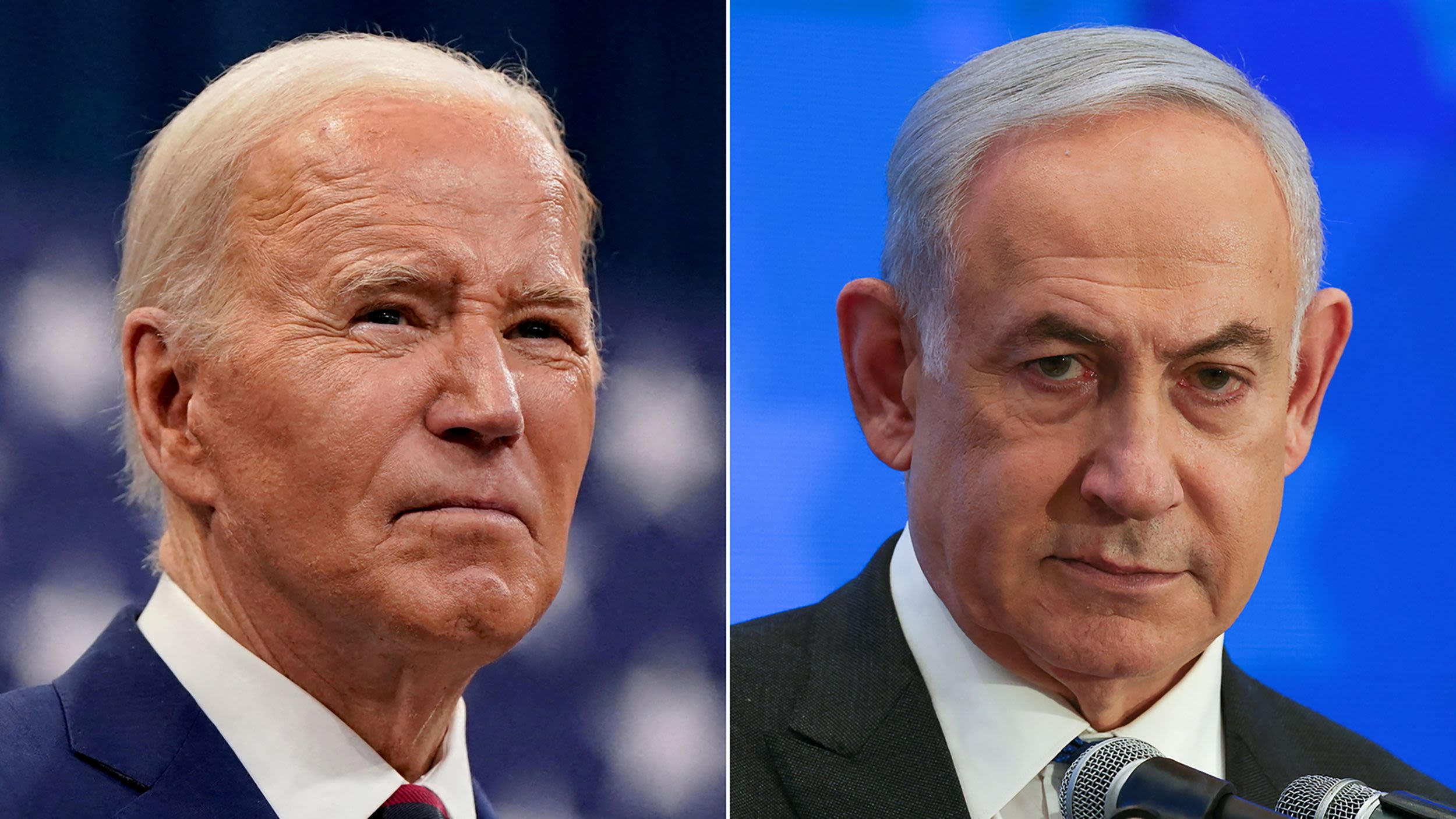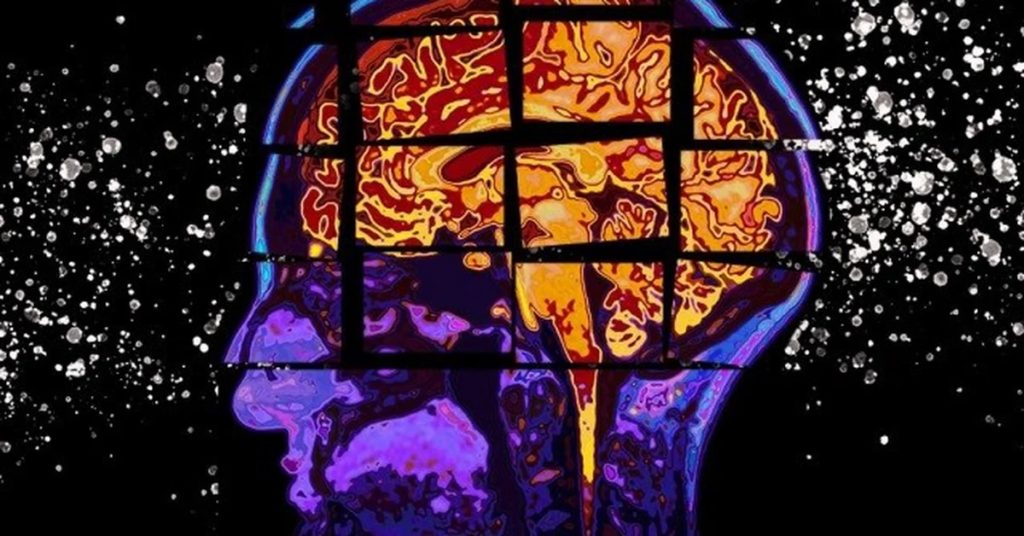How can a chef control his knife to slice a fish or peel a grape and do it just as effectively? Even those less skilled in the kitchen masterfully learn a surprising number of different things throughout their lives, from shoelaces to tennis rackets.
is being The ability to constantly acquire new skillsWithout forgetting or disparaging the old, it comes naturally to humans, but it is a huge challenge for even the most advanced AI systems today.
right Now, Scientists from the University of Cambridge and Columbia UniversityIn the United States, they have developed and experimentally verified a new mathematical theory that explains how the human brain achieves this feat. Call Text Inference Form (COIN), suggests that identifying the current context is the key to learning how to move our bodies.
The model describes a mechanism in the brain that is constantly trying to decode the current context. The theory suggests that These ever-changing beliefs about context determine how existing memories are used and whether new memories should be formed. The results have just been published in Nature Magazine.
“Imagine playing tennis with a different racket than usual or switching from tennis to squash,” says co-lead author Daniel Wolpert of Columbia University. Our theory explores how the brain adapts to these situations and whether they should be treated as different contexts.”
:quality(85)/cloudfront-us-east-1.images.arcpublishing.com/infobae/3UCWKTZQJFHUPAKNV6IDXVEYAY.jpg 420w)
brain list
According to the COIN model, the brain retains a set of motor memories, each of which is related to the context in which it was created, Like playing squash or tennis. Even for a single racket movement, the brain can count on many memories, each of which fits with the way the brain thinks of the current context in which that memory was created.
This goes against the traditional view of using only one memory at a time. To improve performance on the next swing, the brain also refreshes all memories, again depending on its belief about the current context. When the context of a movement is considered new (for example, the first time you played squash after years of tennis), the brain automatically creates a new memory for that context. This ensures that you don’t overwrite previously set memories, like the ones you had to play tennis.
This research may lead to better physical therapy strategies to help sufferers use their bodies again.. Improvements seen in a physical therapist’s office environment often do not translate into real-world improvements.
“With a better understanding of how context affects motor learning, one can think about how to prompt the brain to generalize what it is learning in contexts outside of a physical therapy session. -Theories of the document’s first author, James Heald. A better understanding of the underlying mechanisms that underlie memory and learning context adoption could have therapeutic consequences in this area.”
Co-author Mattie Lengel from Cambridge’s Department of Engineering also adds: “What I find exciting is that The principles of the COIN model can also be generalized to many other forms of learning and memory, not just the memories underlying our movement. For example, the spontaneous recurrence of seemingly forgotten memories, often caused by a change in our environment, has been observed in both motor learning and PTSD.
Drafting a new model
:quality(85)/cloudfront-us-east-1.images.arcpublishing.com/infobae/PVVFCM4LDNG7JLX26IDNO4S7Z4.jpg 420w)
In their publication, the researchers note that learning is not as simple as creating better memories to make movements more accurate. The real world and the nervous system are complex and the brain has to deal with a lot of variables.
How does the brain distinguish these noises, these random fluctuations, from new situations? And how do you understand that a lighter tennis racket can still be used with past memories of a heavier racket?
The answer is according to COIN form, can be inferencia bayesiana, which is a mathematical technique used to deal with uncertainty. This method statistically weighs new evidence in light of past experience of updating beliefs in a changing world. In the COIN model, Context is a simplified assumption that, in a given set of circumstances, Some actions are more likely to lead to some consequences than others.
“Acceptance of the new theory of The role of uncertainty in motor learning It is similar to how quantum physics views the universe from the perspective of possibilities rather than certainty,” the scientists wrote in their analysis.
The researchers tested the COIN model with data from previous experiments, as well as new ones, in which volunteers interacted with a robotic handle. Participants learned how to manipulate it to reach the target while the handle is pushed back in different ways.
““The more you learn one task, the less likely you are to move into a new context with the second task,” says Wolbert. You still form a motor memory from the second task, but you haven’t used it yet because your brain is still stuck in the first context“.
As the model predicted, An acquired skill can appear again even after subsequent training seems to have erased it. communicate automatic healingThis return appears in many other forms of learning besides movement. For example, spontaneous recovery has been linked to challenges in treating PTSD, in which contexts can lead to the spontaneous emergence of other traumatic memories.
Scientists often explain spontaneous recovery by invoking two different mechanisms of learning. In one, the acquired memories are quickly forgotten in the same way, and in the other – slowly and therefore can appear again. In contrast, the counterinsurgency model indicates that There is only one learning mechanism instead of two separate mechanisms, and those seemingly hidden memories can be ready to reappear with the right trigger: the belief that the context has re-emerged. The researchers confirmed this in their lab with new experiments.
Read on:

“Beeraholic. Friend of animals everywhere. Evil web scholar. Zombie maven.”

:quality(85)/cloudfront-us-east-1.images.arcpublishing.com/infobae/7RZ4PSPCSVHX5PY7Y7A4F2P2SE.jpg)





More Stories
The six keys that reveal the secret of happiness, according to an expert
What does it contribute to your health and how many calories does it contain?
The moon will have its own Internet service: NASA and Nokia plan with 4G network